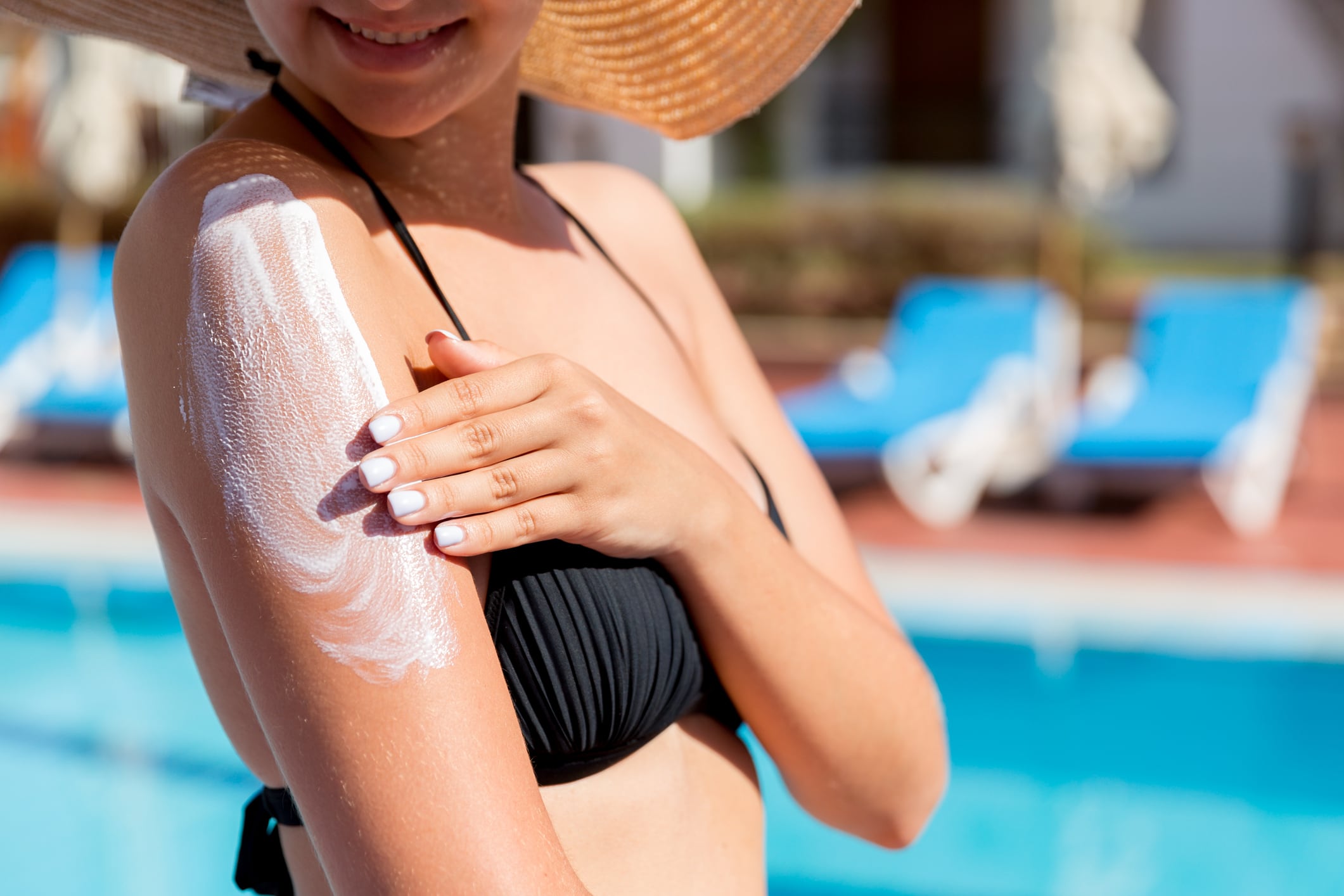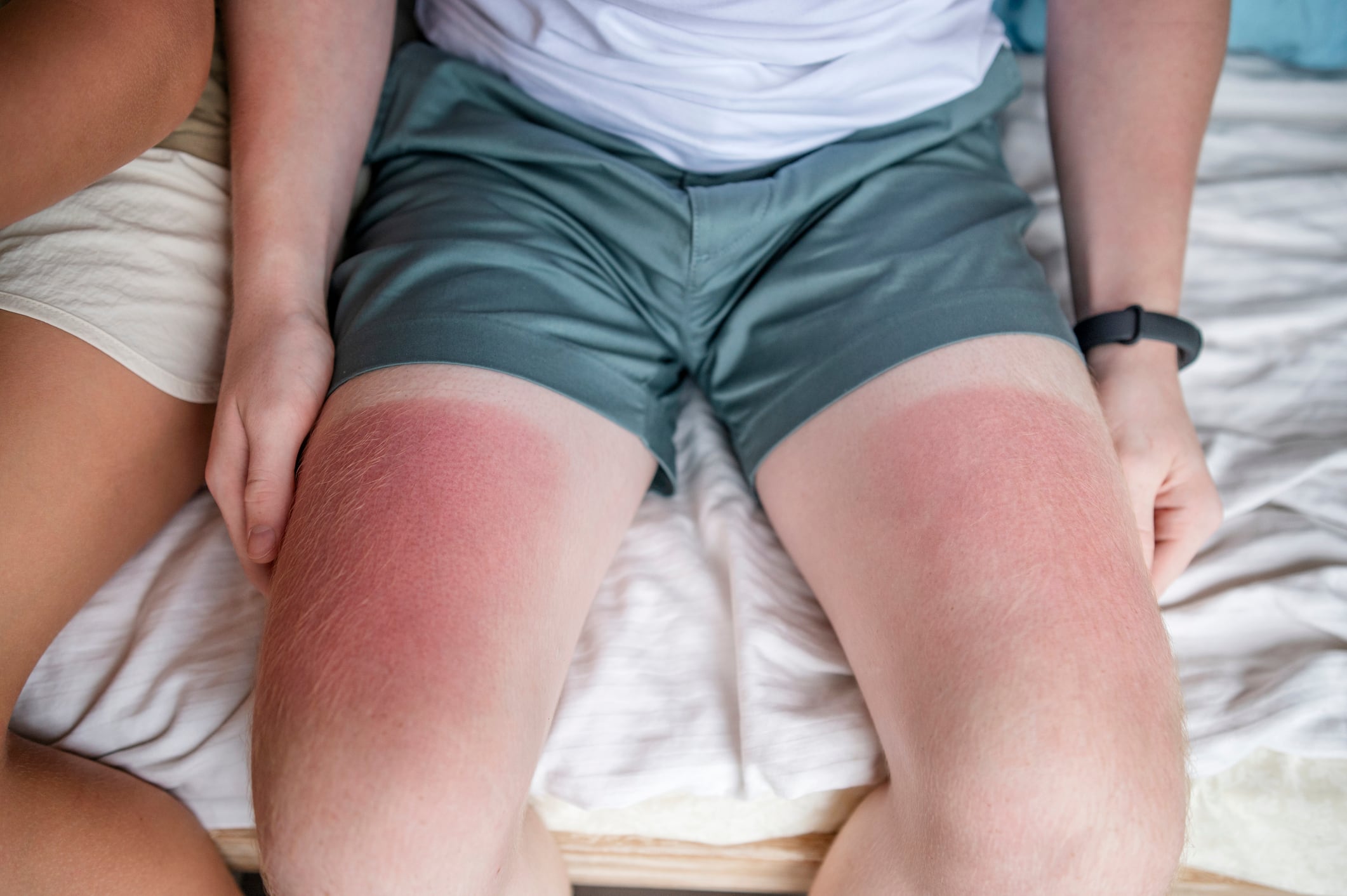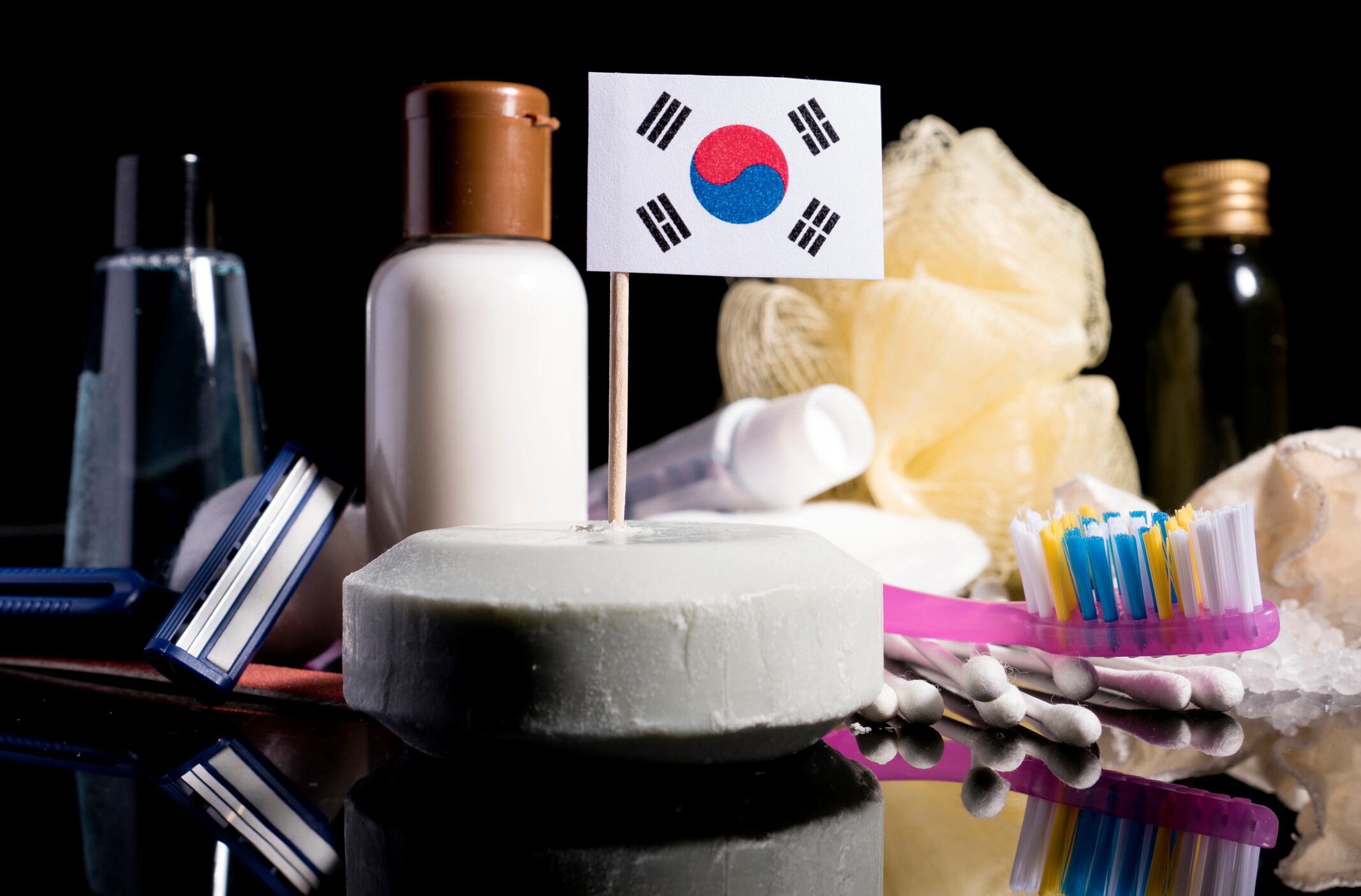According to market research firm Statista, the US sun protection market is projected to reach $2.15 billion in 2025, with an expected compound annual growth rate of 3% between 2025 and 2030. As market share continues to grow steadily, driven in part by rising consumer demand for higher SPF and broad-spectrum formulations, regulatory standards have been slow to catch up.
The Skin Cancer Foundation’s recently announced Seal of Recommendation criteria updates are among the latest regulatory shifts and reflect recent findings on sun protection efficacy, while aiming to support more realistic consumer use patterns.
“We have updated the sun protection factor (SPF) criteria for Daily Use sunscreen to SPF 30 and Active sunscreen to SPF 50,” Elisabeth G. Richard, MD, Assistant Professor of Dermatology at Johns Hopkins University School of Medicine and a member of the Foundation’s Photobiology Committee, told CosmeticsDesign US.
The Foundation also raised the critical wavelength (CWL) requirement for broad-spectrum sunscreens from 370 to 373 nanometers, and the minimum ultraviolet protection factor (UPF) for fabrics and shade products to 50.
Real-world use drives higher SPF standards
In revising the SPF thresholds, the committee took into account underapplication, a known issue in consumer behavior. “Most people apply three to four times less sunscreen than the two milligrams per square centimeter application density required to achieve the labeled SPF,” said Dr. Richard, clarifying that “applying an SPF 30 or SPF 50 likely only gives most users an actual protection factor of nine or 14, respectively.”
The Foundation’s new minimum SPF requirements aim to compensate for this gap, particularly in outdoor and active use settings. “The goal is to provide the consumer with the best real-world guidance possible for their minimum sun protection needs,” she explained.
While the CWL shift from 370 to 373 nanometers may seem minor, studies support the impact on UVA coverage. “This new change translates to a significantly greater level of UVA protection,” Dr. Richard explained, referencing research by Photobiology Committee Chair Steven Q. Wang, MD.
Although some evidence suggests CWL at 375 nanometers for even better protection, product availability remains limited. “We don’t want our standards to be unattainable for consumers,” she added. “That would not be helpful for the public.”
FDA lagging behind in sunscreen regulation
While international markets treat sunscreens as cosmetics, the US still classifies them as over-the-counter (OTC) drugs subject to FDA regulation. “Currently, the FDA recommends SPF 15 as the minimum protection,” said Dr. Richard. “The FDA has not updated its sunscreen requirements for some time.”
The last formal FDA monograph for sunscreens was issued in 1999, and proposed updates introduced in 2019 have yet to take effect.
Participation in the Seal of Recommendation program is voluntary, and “all products...must provide third-party documentation for performance testing for the required criteria,” Dr. Richard added.
“Many of the products that have earned the Seal already meet the updated criteria,” she noted, though some may need reformulation to stay in compliance.
Marketing support and packaging updates underway
Alongside the revised criteria, a redesigned Seal badge will begin appearing on product packaging starting in 2025. “We anticipate it will take a year or two for the entire product cycle to be reflected with the new badge on store shelves in all instances,” Dr. Richard said.
The Foundation provides partners with a comprehensive toolkit to support marketing updates, including guidance on product descriptions, digital assets, and media messaging, she added.
Consumer education remains central to program goals
While the Seal serves as a regulatory and marketing tool for brands, its primary goal is public health. “We say that they have ‘earned’ the Seal of Recommendation for a reason,” said Dr. Richard. “We know it is hard work to create an effective sun protection product, and we want to give them credit.”
“Skin cancer is more common than all other cancers combined right now, but it is also largely preventable with a good sun protection strategy,” she concluded.





